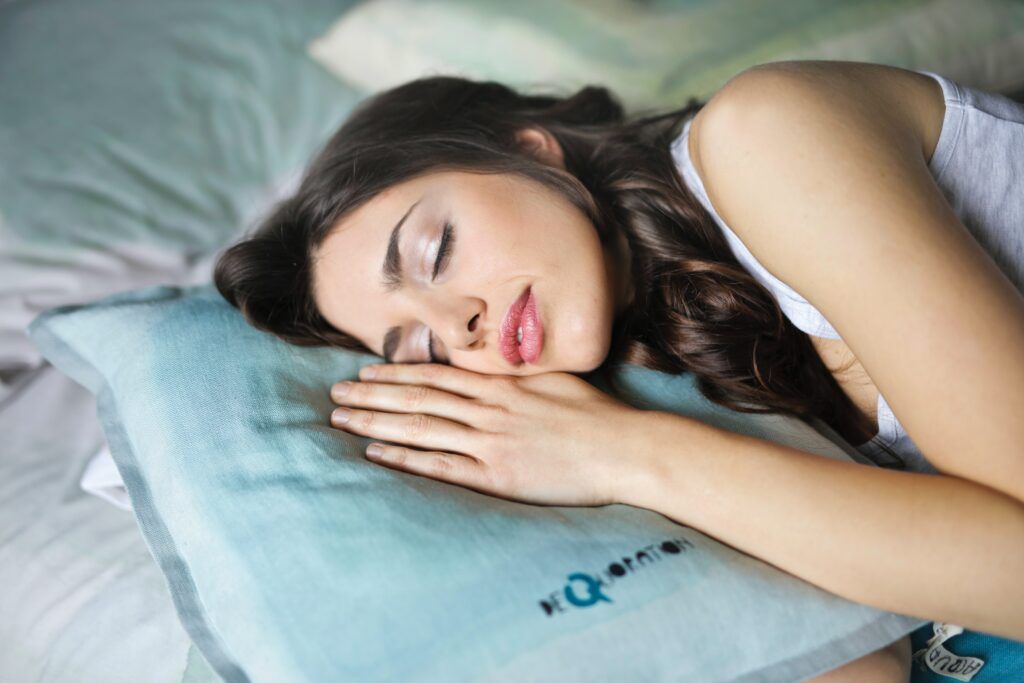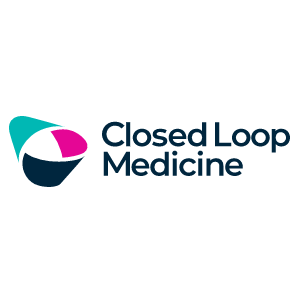Closed Loop Medicine
Formative evaluation of a mobile app for treatment of chronic insomnia disorder.

Closed Loop Medicine (CLM) is a TechBio company developing prescription combination drug plus software products, with the aim of bringing forward the promise of precision medicine.
The Company’s platform enables efficient development of personalised medicine products by integrating drugs and devices with patient-led digital experiences to support patients with long term conditions.
The product
CLM’s insomnia product, aiming to treat adults with primary insomnia, is a single label combination product combining a medical device software product for insomnia with a novel prolonged release micro-granule drug formulation.
What our client wanted
CLM has been one of Bergo’s most valued clients. We have assisted with several studies (both formative and summative) involving their Insomnia product.
In early 2021, CLM approached Bergo to assist their team in conducting a series of formative and summative evaluations to assist in the UK filing of the companies first software medical device (SaMD App).
Key objectives were to develop a safe and effective product including patient interactions such as the app’s onboarding experience, data logging, routine formation, and the accessibility of patient instructions for use (IFU).
What Bergo delivered
Initial discussions focused on the best methods to evaluate the patient App and succeed in delivering a safe and effective product against challenging timelines and the constraints imposed by COVID lockdown.
Bergo delivered a series of activities allowing CLM to iterate the design of the product and develop a substantial body of evidence to create the usability engineering component of their technical file for submission. Activities included heuristic evaluation of the existing App interface, a virtual formative study, a successful virtual summative study and ongoing usability file development support for CLMs internal design team.
Formative and summative testing was carried out virtually using remote download instructions for the patient App and screen capture technology to ensure usability errors could be effectively monitored and documented accurately.
In each one-to-one usability session, the following steps were carried out:
- Using product: observing the participant simulate the use of the product, consisting of enrolling on the app, setting a routine, and responding to prompts.
- Knowledge task questions: asking the participant questions on their understanding of information for safety, covering terms used to establish routines.
- Interview: questioning the participant to establish the root cause of any use errors or incorrect responses to knowledge task data questions

